After a while I was using the Cinestill mono bath, I noticed some stripes on my negatives and I did not know what it was. I asked Hamish and he came back with the answer “bromide drag”. It was a completely new phenomenon to me so I Googled it in search of some help.
There are tons of websites speaking about it, but briefly is usually due to poor agitation. Thinking about it, it did make sense. As I was experimenting with contrast, the two rolls I previously developed I changed the agitation from intermittent to minimal. As reported on the Cinestill monobath instructions:
The intermittent agitation is constant for the first 30 sec and then 10 sec every minute.
The minimal agitation is constant for the first 10 sec and then 5 sec every minute.
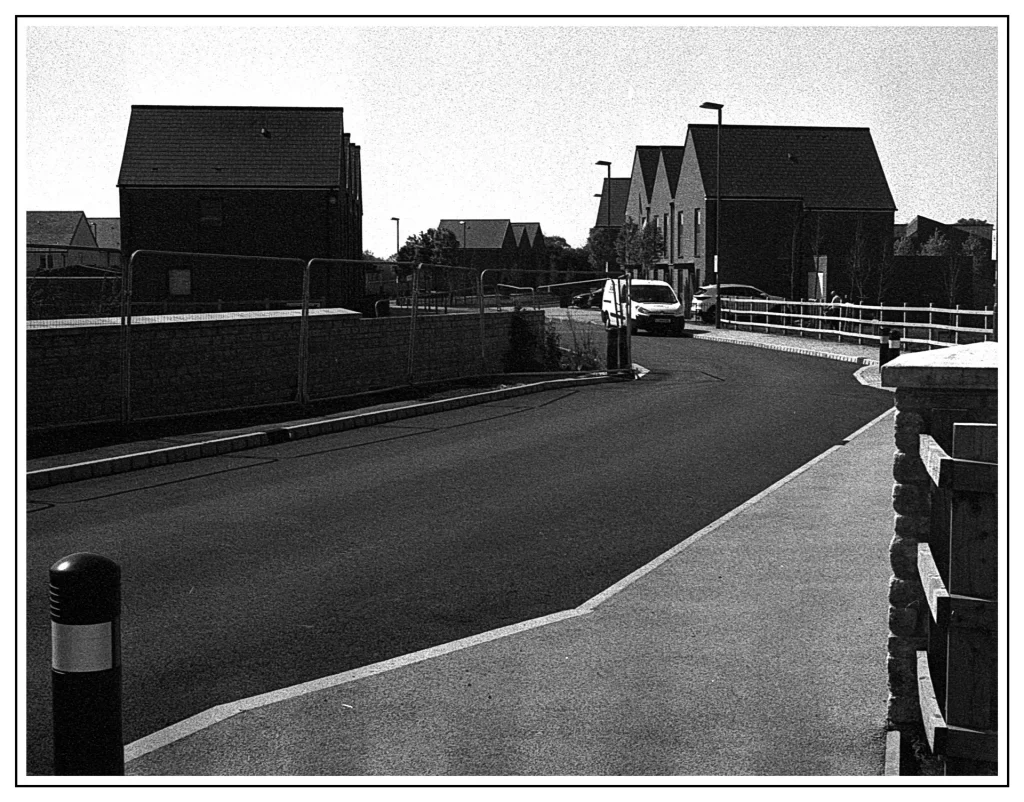
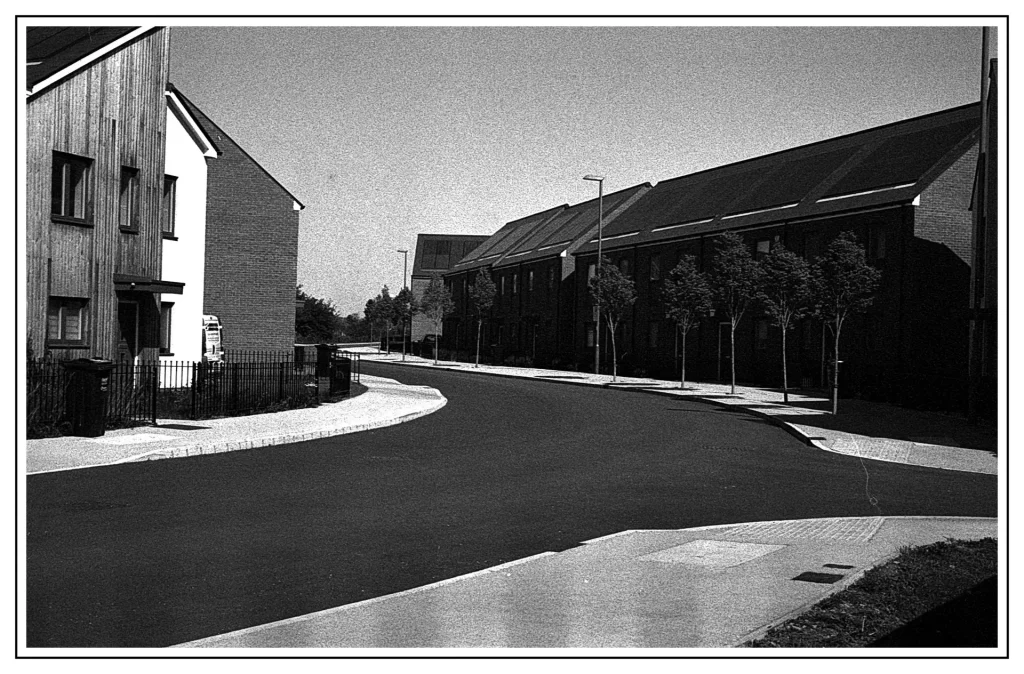
After this episode, I decided to use the most “standard” agitation which is constant for the first minute and then 10 sec every minute. I said the most standard as it seems that this is the most used – at least on the videos on YouTube…
Following the instructions of the developer, there are a few ways of changing the contrast when developing, you can change the temperature of the liquid (the higher the more contrast you obtain) and /or change the type of agitation during the develop process and, of course, change the developing time (the longer the more contrast). This is The PDF with the instructions.
Developing
As I said in previous articles, developing is easy to obtain a result, but it’s when you want to obtain a good result that it becomes more challenging.
Every little change will produce a different reaction to the look of the final photo but also to the negative itself.
Now I know that reducing the the agitation time you can encounter bromide drag but changing the soap time (as well as re-using the develop several times) you can end up in having thinner negatives, so all the variables must be very carefully balanced.
I think that it is all down to practise and experience but because I wanted something more direct and more guided, I started looking for data.
I was already at the end of the life of my Cinestill bottle so I decide to look around and see if there was something available with a bit more documentation and the more obvious answer to me was the Ilford brand.
I love the Fomapan brand, they make some cool films I really like (the grain, the tones) and they are also quite cheap, but if I make a compare of the info you can find about their products, well, Ilford is a step ahead.
For instance, I really like the Fomapan 200 but if have to develop it at 23 degrees (because that is the room temperature and I don’t want to cool down or warm up the chemicals), I found very difficult to find the time on its technical data sheet where comparing it to a Ilford Fp4+ I found it more straightforward.
I understand that for more experienced guys these can be be just details, but for me, I need to have some fixed reference.
So, I decided to use Ilford ID-11 as a developer and I started to use more Ilford films.
Already changing the developer brought decent results (even with my very basics skills)
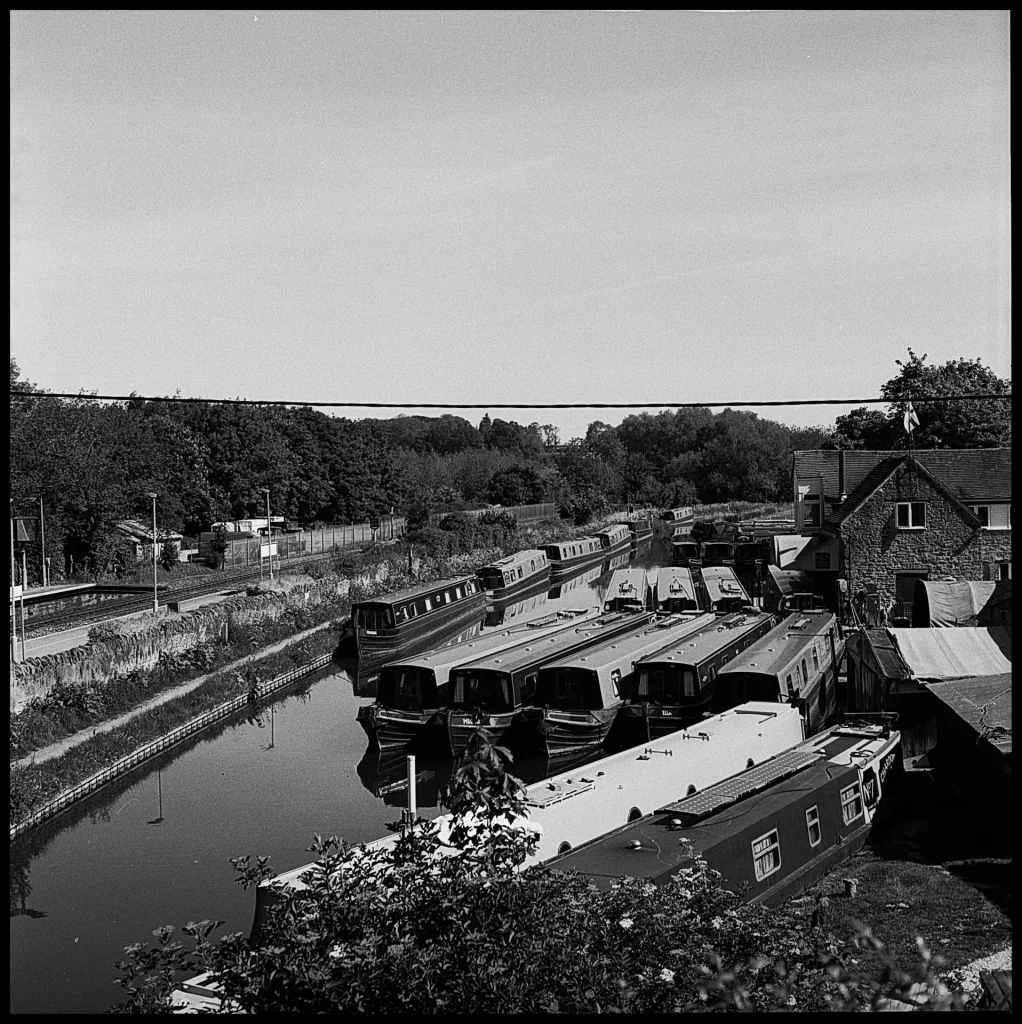
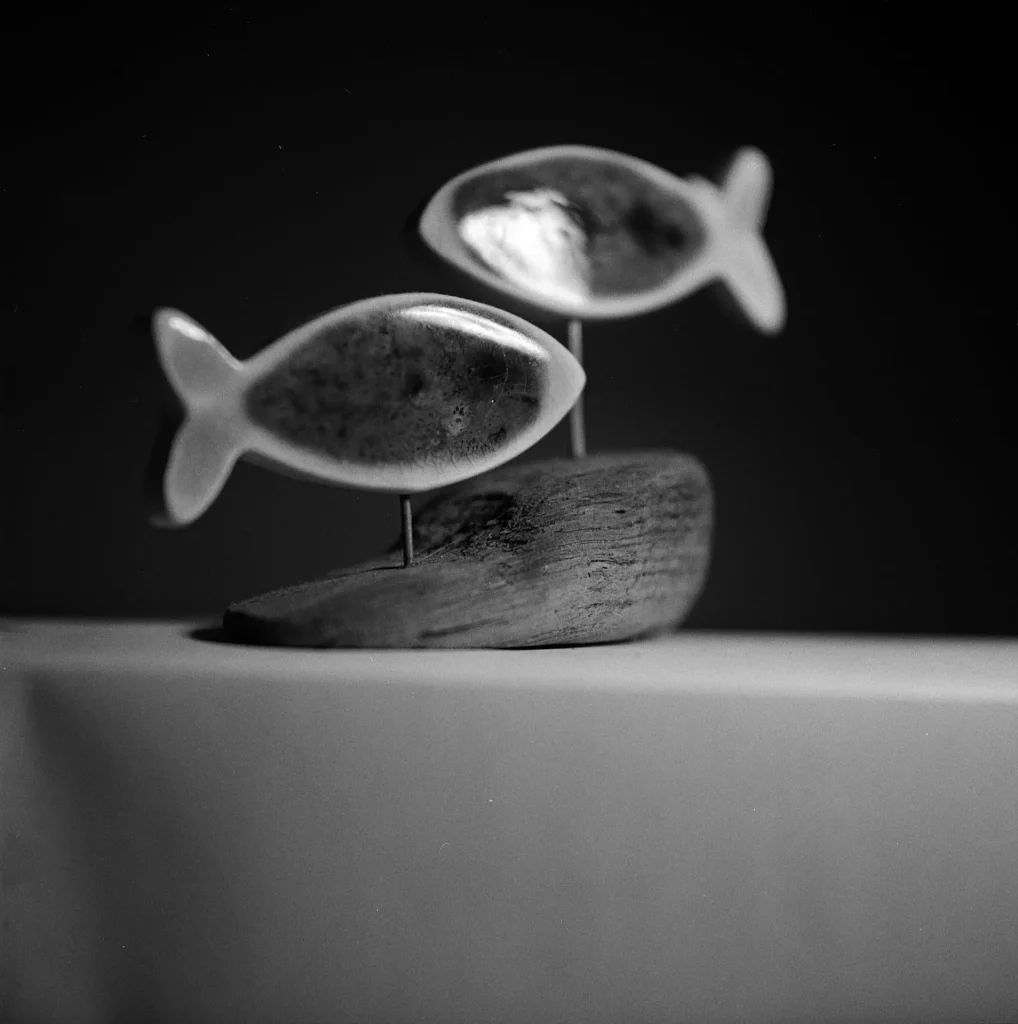
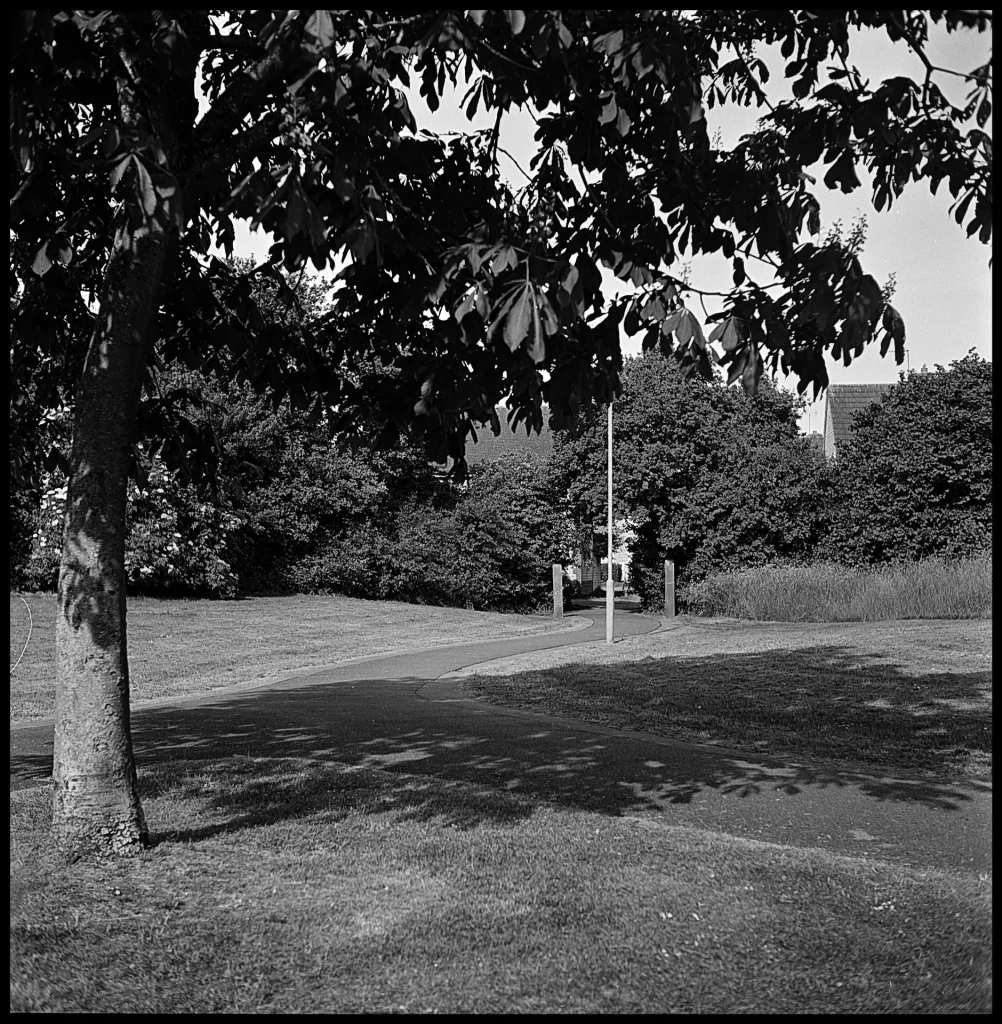
I found that using the ID-11 is easier to reduce the variables and became more predictable/constant to achieve the final result.
It is more predictable also because you can control easily if to re-use (and how many times you want to re-use) the developer/stop/fixer.
I bought the 5L powder pack and I have done the stock solution in bottles of 1.5L for the solution that I want to preserve. Doing so I can fill up the bottle at its max so the air in the bottle is very minimal and I can store it for long time reducing the oxidation problems. I also do bottles of 0.5L of the solution which I am planning to use short term.
For these I see small water bottles because 500 ml is the volume of liquid to develop 120 film roll and it is plenty to develop a 135 roll. Unfortunately you will need 600 ml to develop 2×135 film, but this is a problem I will solve in the near future…
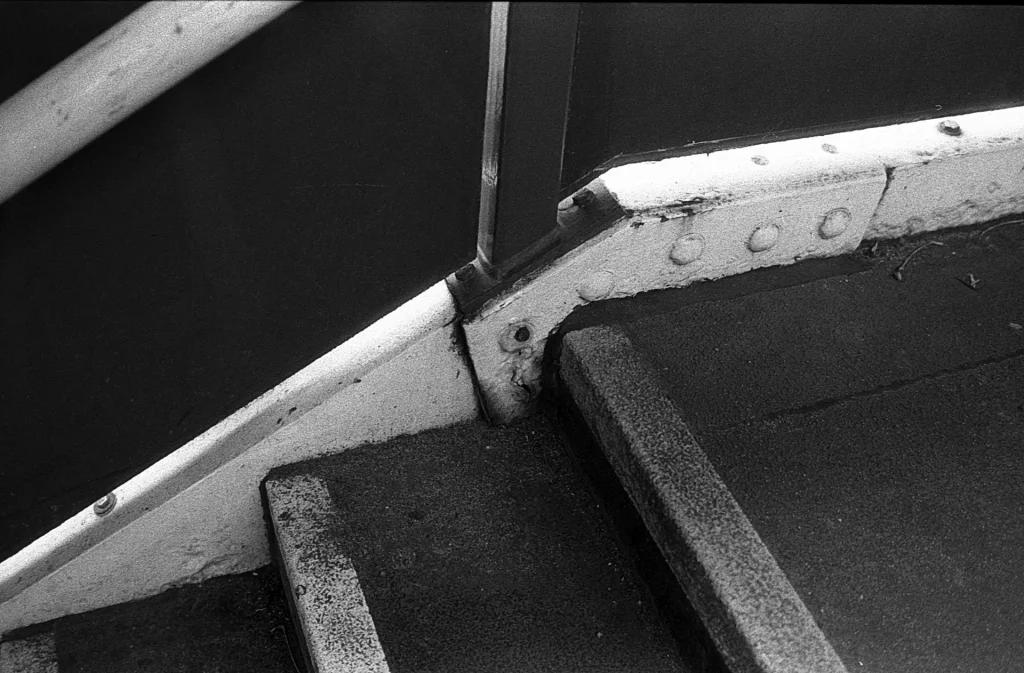
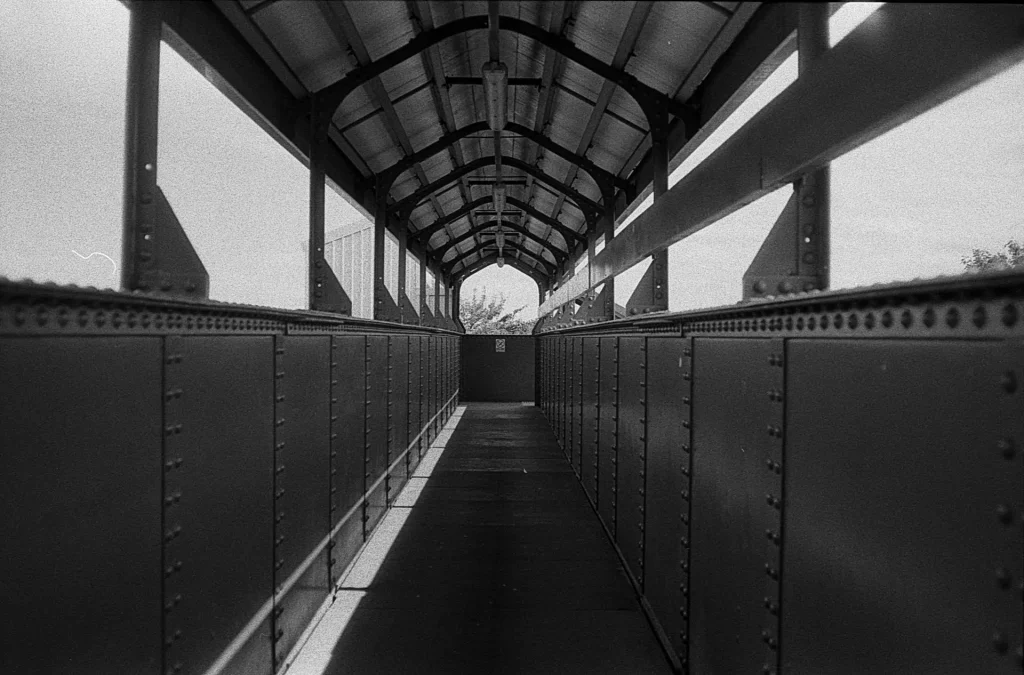
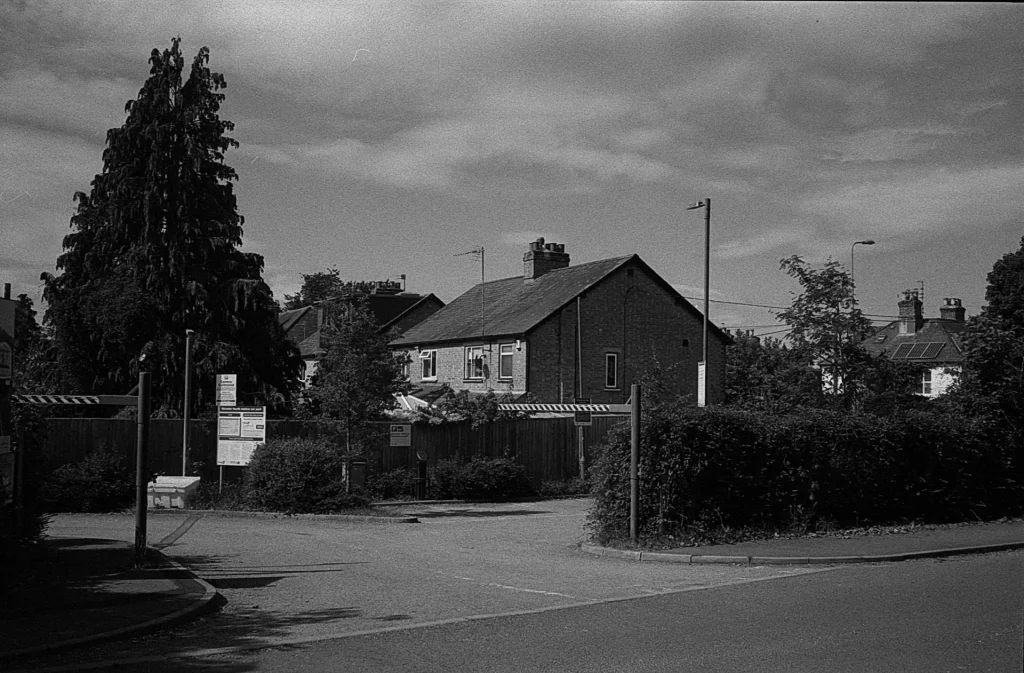
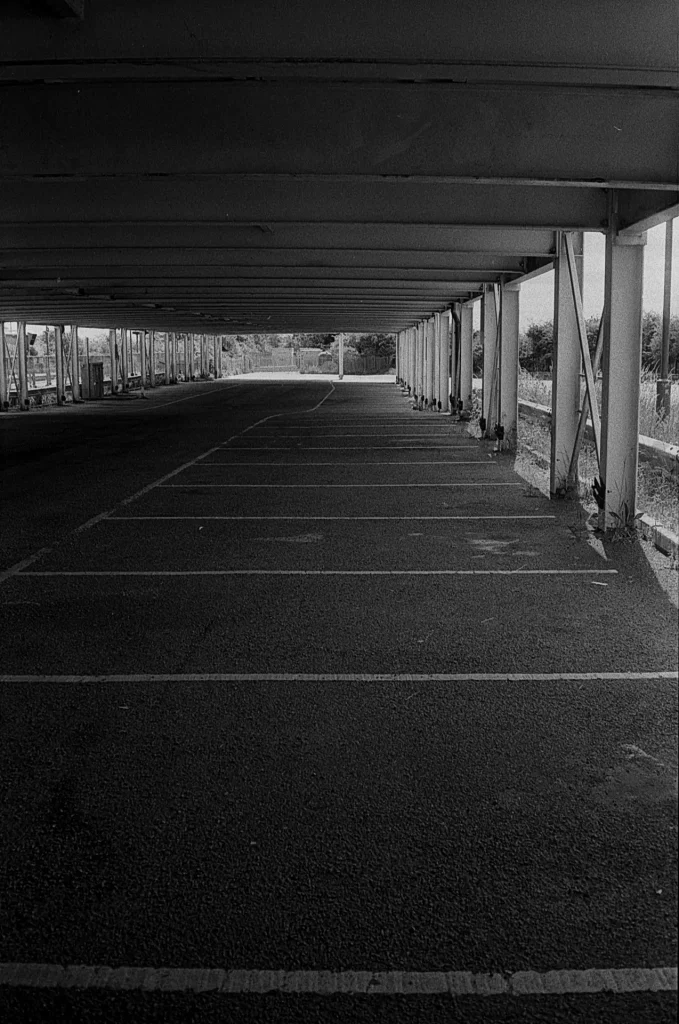
Constructive comments and tips are always more than welcomed.
If you fancy, you can check out my Instagram.
You can read more about my journey into shooting film here.
Cheers,
Andrea
Share this post:
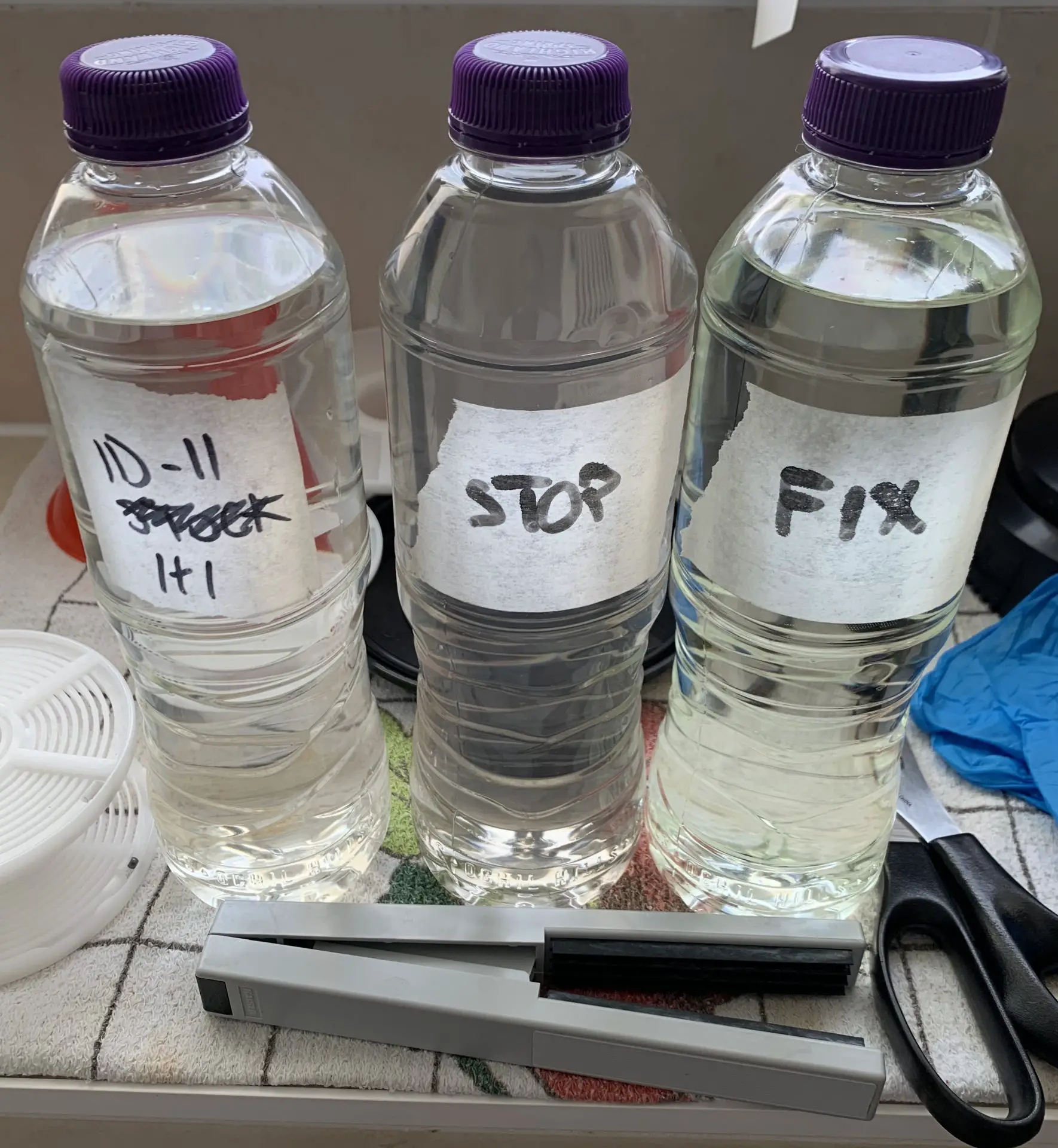








Comments
Andrew L on Discovering Bromide Drag and New Developers – My First Steps into Analogue – Part 6 – By Andrea Bevacqua
Comment posted: 11/06/2020
Comment posted: 11/06/2020
Comment posted: 11/06/2020
Comment posted: 11/06/2020
Huss on Discovering Bromide Drag and New Developers – My First Steps into Analogue – Part 6 – By Andrea Bevacqua
Comment posted: 11/06/2020
"I decided to use the most “standard” agitation which is constant for the first minute and then 10 sec every minute."
I too started getting bromide drag but did not think about constant agitation for the first minute. Are you using the invert method to agitate?
Comment posted: 11/06/2020
Comment posted: 11/06/2020
Oliver Lison on Discovering Bromide Drag and New Developers – My First Steps into Analogue – Part 6 – By Andrea Bevacqua
Comment posted: 11/06/2020
I have run into trouble with development failures too:
1. Bromide Drag with Delta 100/400 due to insuffcient agitation what I believe
2. too much grain on certain films with Rodinal
3. didn't pay attention when spooling film on a reel. Two films sticked to gether
4. ripped film while spooling on a reel.
I now have xtol at home. I would like to weigh the powder out so that I have only 1 Liter solution ready, If I need a new batch, I need to weigh again.
I will see and read what is best.
Comment posted: 11/06/2020
Comment posted: 11/06/2020
Comment posted: 11/06/2020
Comment posted: 11/06/2020
Jasper on Discovering Bromide Drag and New Developers – My First Steps into Analogue – Part 6 – By Andrea Bevacqua
Comment posted: 11/06/2020
Comment posted: 11/06/2020
Jerome C on Discovering Bromide Drag and New Developers – My First Steps into Analogue – Part 6 – By Andrea Bevacqua
Comment posted: 11/06/2020
https://earthsunfilm.com/df96-monobath-yeah-baby/
Now that I’m comfortable with the basic development process I hope to try pushing film to experiment with 3200 and 6400, just to see what happens. For that I intend to try microphen. Thanks for such an informative article!
Comment posted: 11/06/2020
Simon p on Discovering Bromide Drag and New Developers – My First Steps into Analogue – Part 6 – By Andrea Bevacqua
Comment posted: 12/06/2020
Comment posted: 12/06/2020
Comment posted: 12/06/2020
Comment posted: 12/06/2020
Bruno Chalifour on Discovering Bromide Drag and New Developers – My First Steps into Analogue – Part 6 – By Andrea Bevacqua
Comment posted: 14/06/2020
Comment posted: 14/06/2020
Aloy Anderson on Discovering Bromide Drag and New Developers – My First Steps into Analogue – Part 6 – By Andrea Bevacqua
Comment posted: 25/10/2020
Comment posted: 25/10/2020